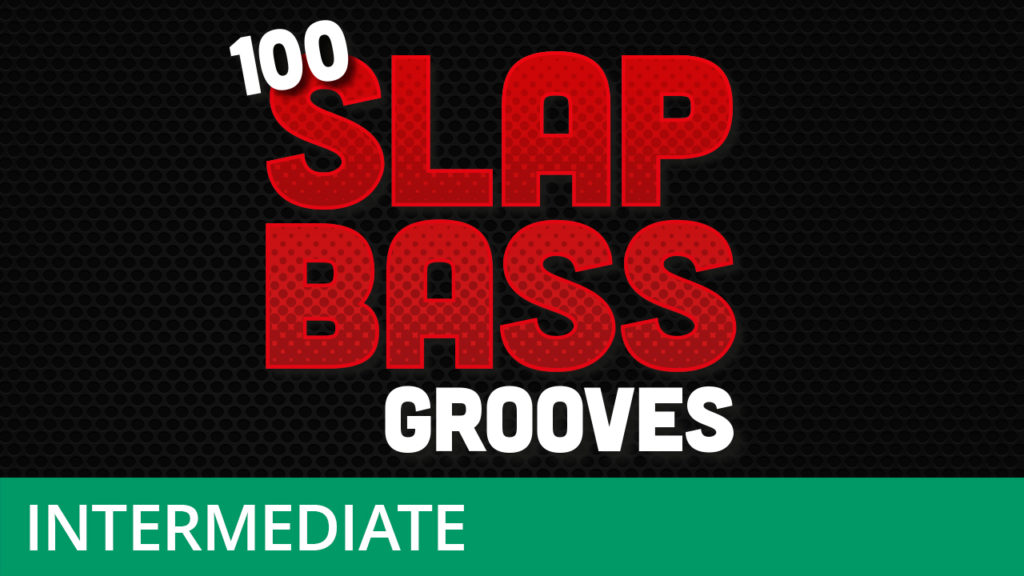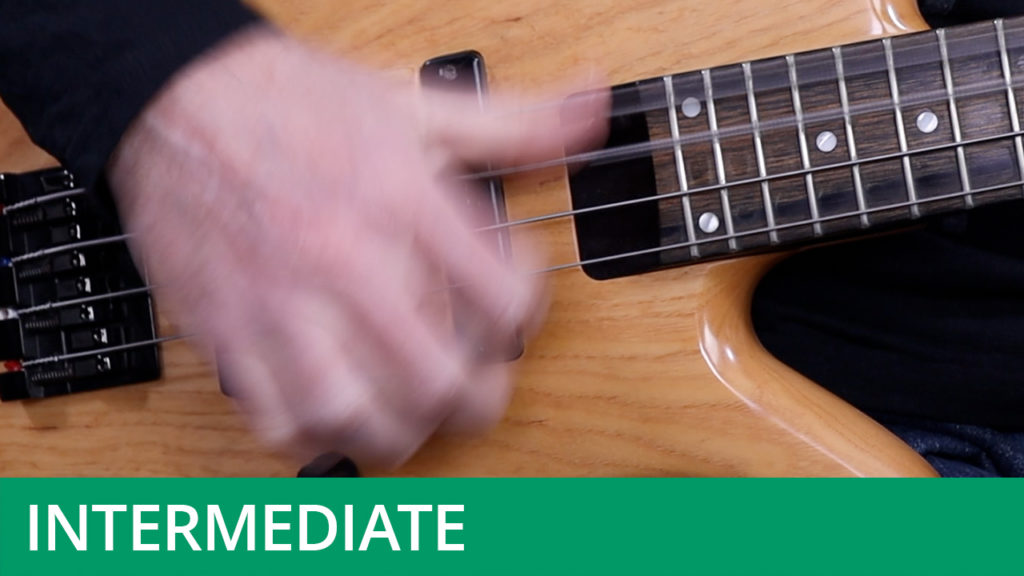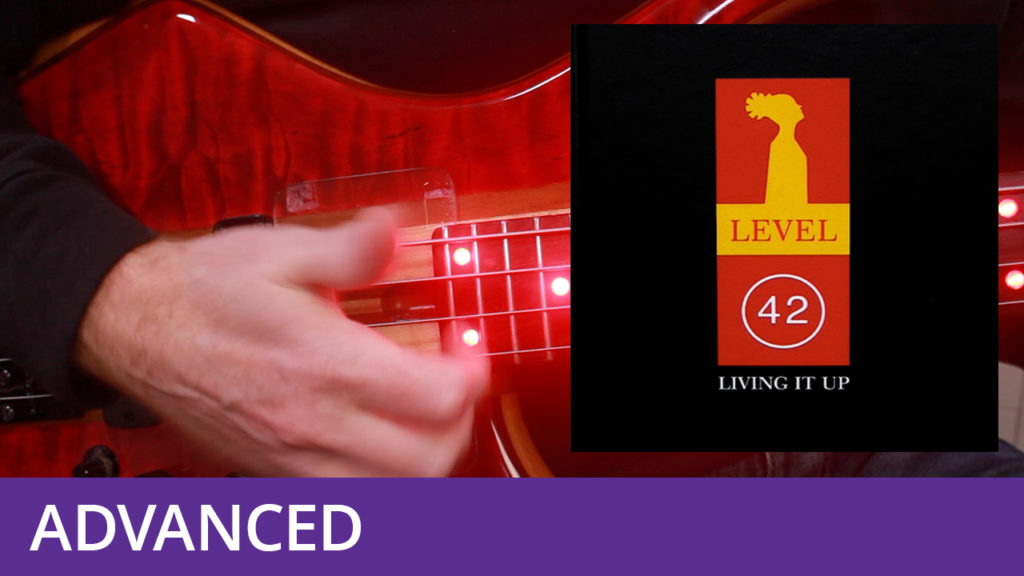Slap Bass – Machine Gun Triplets
Course Duration: 52 Minutes | Difficulty Level: 5
This course covers an unusual rhythmic device known as the ‘machine gun triplet’. This is essentially a very fast triplet, made possible by splitting the work between the two hands. Machine gun triplets have been used by many bass players over the years, but are probably most closely associated with Mark King, bassist with Level 42. Mark uses these triplets most often in his live solos, but they also occasionally crop up in his recorded lines as well. Les Claypool also uses them quite extensively, and good examples can be found in classic Primus tracks such as 'Lacquer Head' and 'Tommy the Cat'.
Don’t forget to hit the Download Resources button above in order to download the PDF worksheet and audio files for this course (available to subscribers only). The worksheet is available with TAB and without, for those who wish to give their reading skills a workout.




